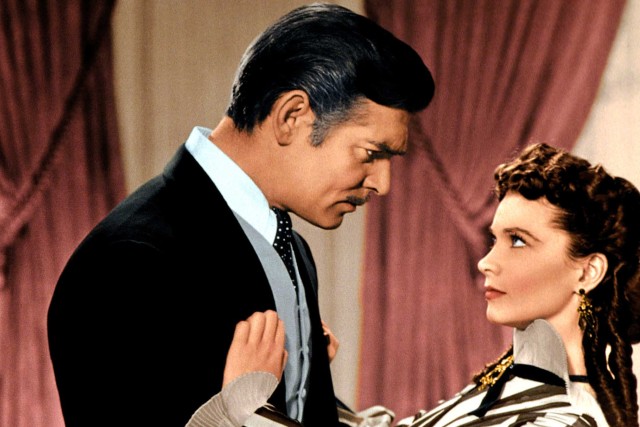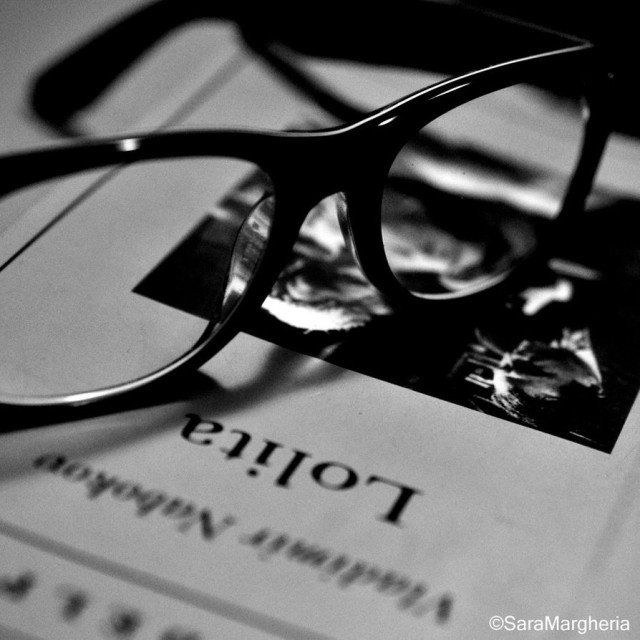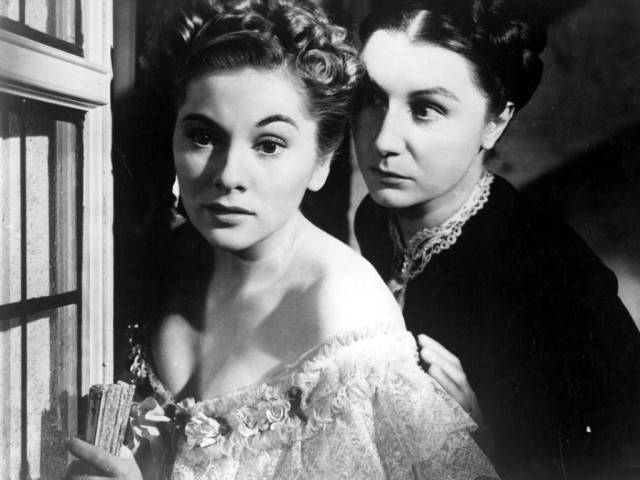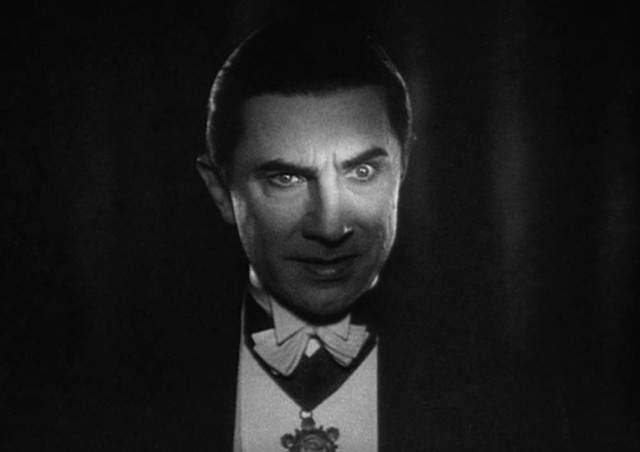As the saying goes, if the writer is a woman, she is most likely to make her female protagonist hold command over the novel, with a dominating personality giving her support.
By reading and comparing six writers and their works, we realize that irrespective of the social position of women at the time of the release of novels in question, women were often shown as powerful characters. However, there were moments, too, when they were seen functioning under the typical submissive nature that were expected out of them.
So here’s a comparison between the works of a few well known writers – through it, we get to know that there are also instances where women authors have thought it best to cast their female characters in an unimportant role:
THE GOOD
- Medea
We have like Euripides’ Medea where the female protagonist (Medea) seeks revenge on her husband for deserting her for another woman in a rather ‘unwomanly’ fashion, as she not only kills her husband’s soon-to-be wife, but also murders their children so as to hurt him even more. She is also protected by the Gods, despite carrying out a murder, thus putting the favor on her side. (This is the only negative aspect in the play).
Point to be noted here, though, is how the choruses, said by Corithian women, tell her that her husband’s desertion is a mere ‘ordinary occurrence’ that is experienced by many women. Thus, we realize that infidelity by the men folk is acceptable and the women are expected to forget the past and carry on with their lives as if nothing had gone wrong.
By seeking revenge, and wanting to hurt her husband for his infidelity, she portrays a sense of independence and freedom of mind, as well as the courage to act against something that was considered ‘normal’.
- Gone with the Wind
Margaret Mitchell’s novel is one of the few ones that have I’ve read wherein practically every female character is strong-willed and hard-working.
The female protagonist, Scarlett O’Hara, is headstrong and willful. She doesn’t let social norms dictate her behaviour, is self-sufficient, clever, and a bigger success in the outside world than her male counterparts.
Other characters like Melanie Hamilton, Mammy, Ellen Robillard O’Hara, Mrs. Elsing and her little gang, are all who were like-minded, independent, powerful and dominating.

THE BAD
- Lolita
Lolita is said to have stirred the readers when it was first published. A result of Vladimir Nabokov’s work, Lolita is yet another novel where the young girl is the victim of love gone wrong. It is the story of physical love between a father and his step-daughter, where the latter only shows interest because she is intrigued as she is yet to understand the wrongness of the act.
However, as the story progresses, we realize that Lolita soon outgrows her precociousness. In the end, the readers come to a conclusion that though Nabokov portrays his young female character, Lolita, as a sex object and having a precocious nature, he soon shows her developing a mind of her own, which begins to think rationally.
- Rebecca
Daphne du Maurier also portrays her female character in a rather clumsy manner. While reading Rebecca, most of the readers must have been caught off guard as they realized that the female protagonist has not been given a first name, but has been referred to as either ‘I’ or as Mrs. de Winter.
With no personal identity to support and empower her, she comes across as the perfect submissive lady who loves her husband unconditionally, and blindly accepts his stories and tales about his first wife, Rebecca.
THE UGLY
- Dracula
Here, the female character, Lucy, is seen as a typical provider, with no opinion of her own having any substance. Being cruelly used as a ‘blood-donor’, Dracula mercilessly feeds from her, in order to quench his own desire for human blood. Keeping in mind the time when this novel was published, a safe opinion could be formed that is based on the notion of women inferiority.
Coming from a male writer, it is evident that Stoker may have had ulterior motives of placing Lucy as the victim, instead of having any other male character in her place.
The fact that Stoker used a female character to be the victim, who not only had no say in the matter, but had even enjoyed the blood drinking, is something that is very demeaning. This is furthered by the fact that she was a beautiful woman and not just a regular woman, pointing to the fact that only beautiful woman are worthy of notice, even if it was for an extremely disturbing and revolting reason.
- Fifty Shades of Grey
After reading El James’ Fifty Shades, I realized that the novel was not only a portrayal of men as typically licentious creatures (in most cases) but it also failed to project women as powerful beings. Anastasia Steele’s character is perhaps the worst protagonist, as she not only succumbs to the handsome features of Christian Grey and agrees to become his better half, but also succumbs to his sexual needs. As the novel unfurls in front of the reader, it becomes harder and harder to ignore the heavy dose of stereotypical thoughts the author fed into the book.
With no particular storyline, the book is a mere collection of thoughts regarding women being fully dependent (mentally, emotionally and financially) on the opposite sex, and how women would happily mould their own desires to serve the needs of the man.
So, I conclude by saying that regardless of the gender of the writer, female characters have been shown as having both a strong will, like in the case of Medea, as well as lacking the courage that make women stand out.
What’s your take on it?






































